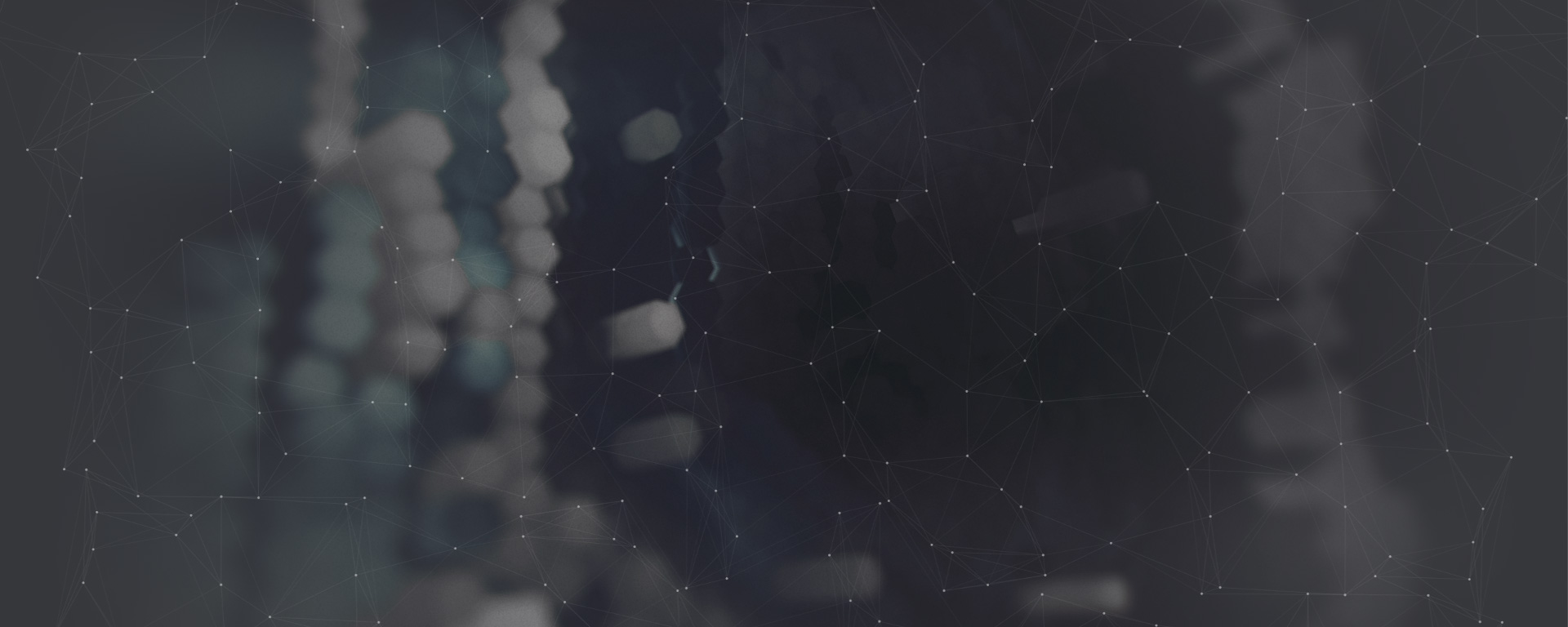
Making data “unhackable”: structures of the world’s brightest single-photon source produced at FMN Laboratory
Solid-state quantum emitters are in high demand for emerging technologies such as advanced sensing and quantum information processing. Generally, these emitters are not sufficiently bright for practical applications, and a promising solution consists in coupling them to plasmonic nanostructures. Plasmonic nanostructures support broadband modes, making it possible to speed up the fluorescence emission in room-temperature emitters by several orders of magnitude. However, one has not yet achieved such a fluorescence lifetime shortening without a substantial loss in emission efficiency, largely because of strong absorption in metals and emitter bleaching.
Here, we demonstrate ultrabright single-photon emission from photostable nitrogen-vacancy (NV) centers in nanodiamonds coupled to plasmonic nanocavities made of low-loss single-crystalline silver. We observe a 70-fold difference between the average fluorescence lifetimes and a 90-fold increase in the average detected saturated intensity. The nanocavity-coupled NVs produce up to 35 million photon counts per second, several times more than the previously reported rates from room temperature quantum emitters.
“We have increased the average intensity of single-photon sources by more than 90 times as a result of the achieved decrease in the average fluorescence lifetime by more than 70 times. We showed that single-photon sources based on nanodiamonds with NV centers in an ultra-low loss nanocavity are able to generate up to 35 million photon counts per second, which is several times higher than previously published values for quantum emitters at room temperature,” said Ilya Rodionov, FMN Laboratory Director.

Ultrabright Room-Temperature Sub-Nanosecond Emission from Single Nitrogen-Vacancy Centers Coupled to Nanopatch Antennas
Simeon I. Bogdanov, Mikhail Y. Shalaginov, Alexei S. Lagutchev, Chin-Cheng Chiang, Deesha Shah, Alexandr S. Baburin, Ilya A. Ryzhikov, Ilya A. Rodionov, Alexander V. Kildishev, Alexandra Boltasseva, Vladimir M. Shalaev
Nano Letters 2018, 18, 4837−4844 (ImF 12.080)

 FUNCTIONAL
FUNCTIONAL 





